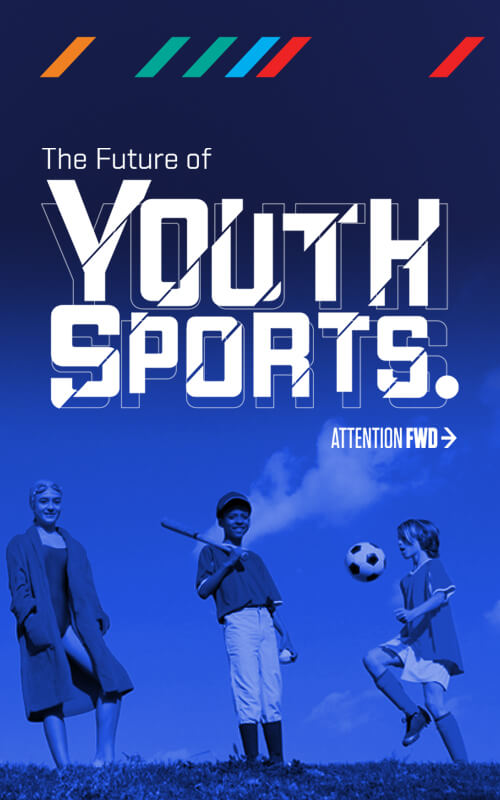600,000 Kids Served by UP2US community sports programs
Utopia 2035
The bipartisan CORPS Act, introduced in June 2020 as part of the COVID-19 relief effort and signed into law in early 2022, pumped more than $16 billion into the annual AmeriCorps budget, more than tripling the headcount of the organization and allowing the Coach Across America program to expand to serve millions of underprivileged kids a year. Community-based rec leagues flourished with the new resources, with local businesses and national brands matching AmeriCorps funding. Youth sports participation soared. Relieved parents pulled their kids out of expensive, time-intensive travel programs. Many travel clubs folded, but the more nimble among them stopped marketing to families of grade school kids and created partnerships with rec leagues and need-based scholarship programs to develop the emergent bumper crop of highly talented, motivated high-school-age kids whose economic situations would have prevented them from finding their potential in pre-COVID times. Much of the social stability that has developed in the US over the last 15 years is attributed to the early 2020s’ about-face in youth sports, which brought together families from all across the cultural and socioeconomic spectrum and united them over a shared passion: watching their kids have fun, compete and learn important life lessons.
Dystopia 2035
Public funding for youth sports all but dried up following COVID-19, decimating rec sports programs. School districts refocused their strained resources on retrofitting their operations to deliver remote education. Some elite travel programs survived the pandemic, but the disruption of two years of sports seasons and routines, coupled with COVID-related culture-wide doubts about the value of traditional college education, undercut interest in team sports, decimating participation across all levels of society. The national social fabric, badly damaged in the tumultuous 2020 presidential election and its aftermath, remains in tatters to this day.
Get the Full Report
-
![]()
The Future of Youth Sports Report in Print
GET THE FULL REPORTThe complete report on The Future of Youth Sports is available for purchase. Includes 10 topics and our thinking on how to create a better youth sports experience for all.


